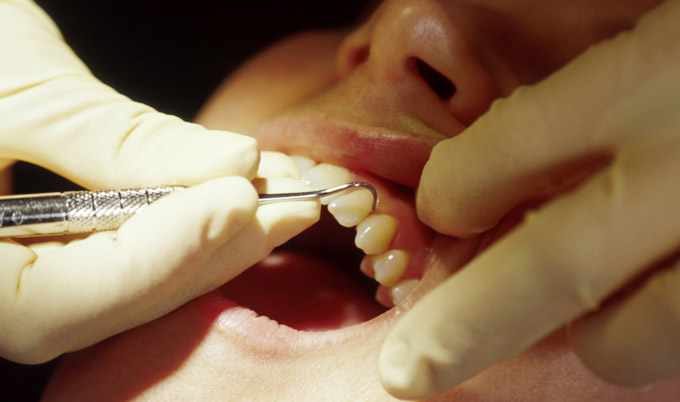Dental procedure research
Simple devices control dental aerosols and droplets
Published on: 16 November 2021
Dental procedures produce aerosols which contain oral microbes, creating potential for infectious disease transmission, new research has revealed.
A study by Newcastle University experts, published in the Journal of Dental Research, investigated the effect of using the simple devices known as a Local Exhaust Ventilation (LEV) device on aerosols and droplets produced during dental procedures.
LEV devices are designed to be placed over the patient’s mouth to capture aerosols and droplets at the source.

Aerosols concern
Researchers at Newcastle University conducted experiments on dental mannequins, where 10-minute crown preparations were performed with an air-turbine handpiece in a large open plan clinic. A full mouth ultrasonic scaling was also performed for 10 minutes in a single dental surgery.
Fluorescein was added to instrument irrigation reservoirs as a tracer. In both settings, Optical Particle Counters were used to measure aerosol particles between 0.3 – 10.0 μm and liquid cyclone air samplers were used to capture aerosolised fluorescein tracer.
An LEV device with High Efficiency Particulate Air (HEPA) filtration and a flow rate of 5,000 L/min was tested during the experiments.
The results show that using LEV reduced the dispersion of aerosols from the air turbine handpiece by 90% within 0.5 m, and this was 99% for the ultrasonic scaler.
Dr James Allison, from the School of Dental Sciences, Newcastle University, said: “Dental services have been badly affected by the Covid-19 pandemic due to concerns over aerosols from dental procedures.
“Although dentists use many effective methods of controlling aerosols, our research shows they can be captured using simple devices (local exhaust ventilation) which prevent aerosols escaping into the air in dental surgeries.
“These devices could provide additional protection to patients and staff, which is useful during this pandemic, but also in any future outbreak.”
Useful approach
In the study, the settling of larger droplets was also measured for the air-turbine, and this was reduced by 95% within 0.5 m when LEV was used.
Eric Reynolds, International Association for Dental Research President from the University of Melbourne, Australia, said: “This study shows that the effect of LEV was substantially greater than suction alone for the air-turbine and was similar to the effect of suction for the ultrasonic scaler.
“While no mitigation measure alone will completely eliminate risk, LEV appears to be a useful approach, which in addition to other measures, substantially reduces dispersion of aerosols, and therefore risk of exposure to pathogens.”
Reference:
Local Exhaust Ventilation to Control Dental Aerosols and Droplets. J.R.Allison et al. Journal of Dental Research. DOI: 10.1177/00220345211056287



